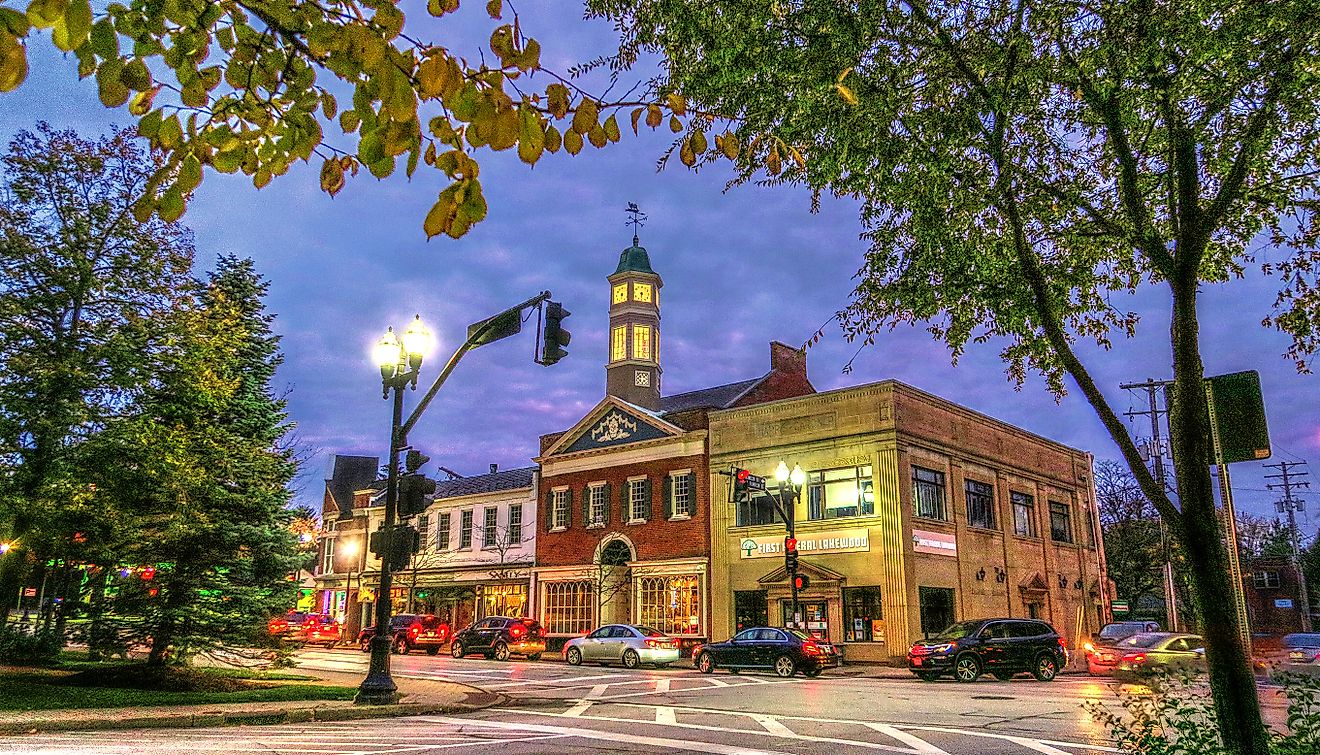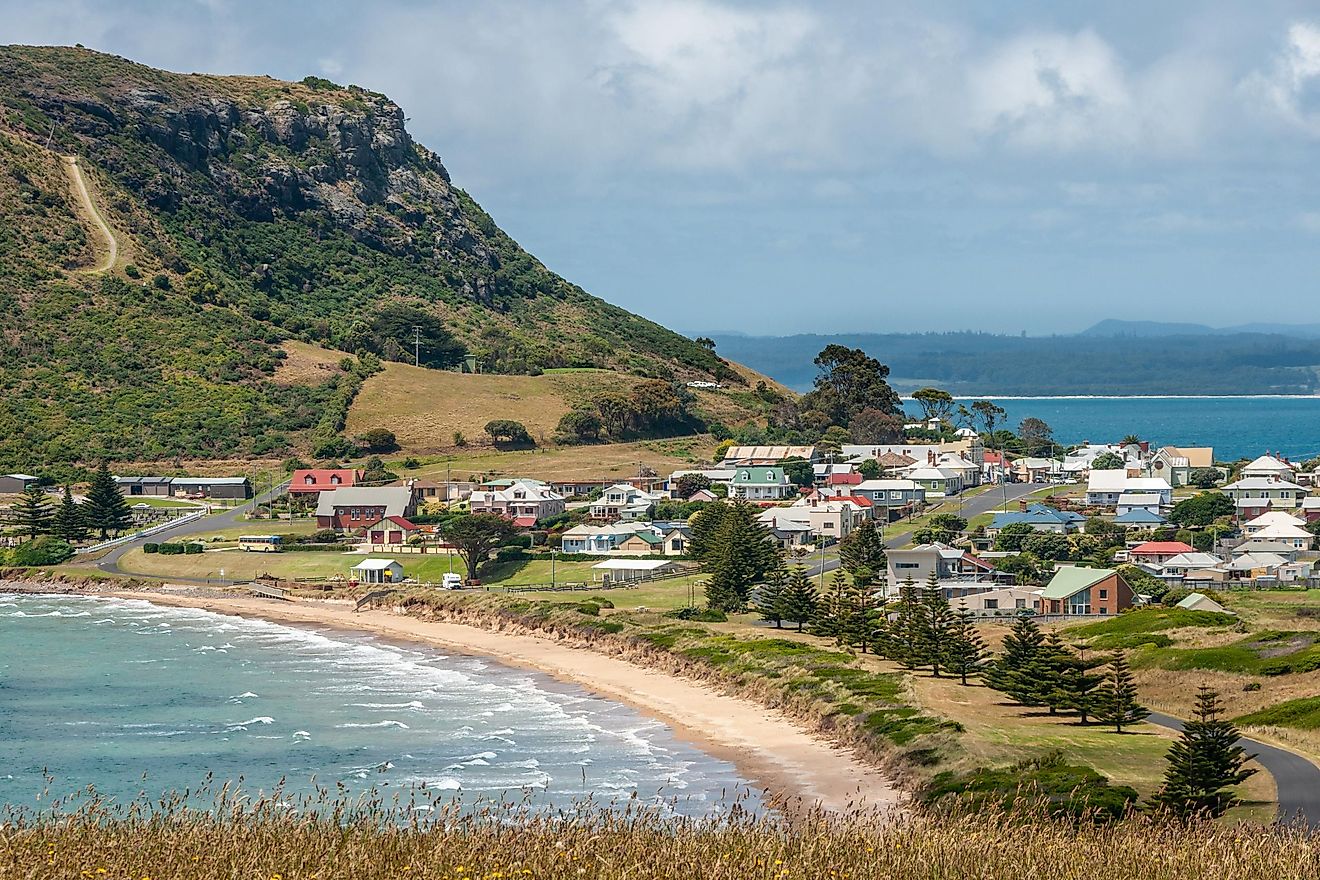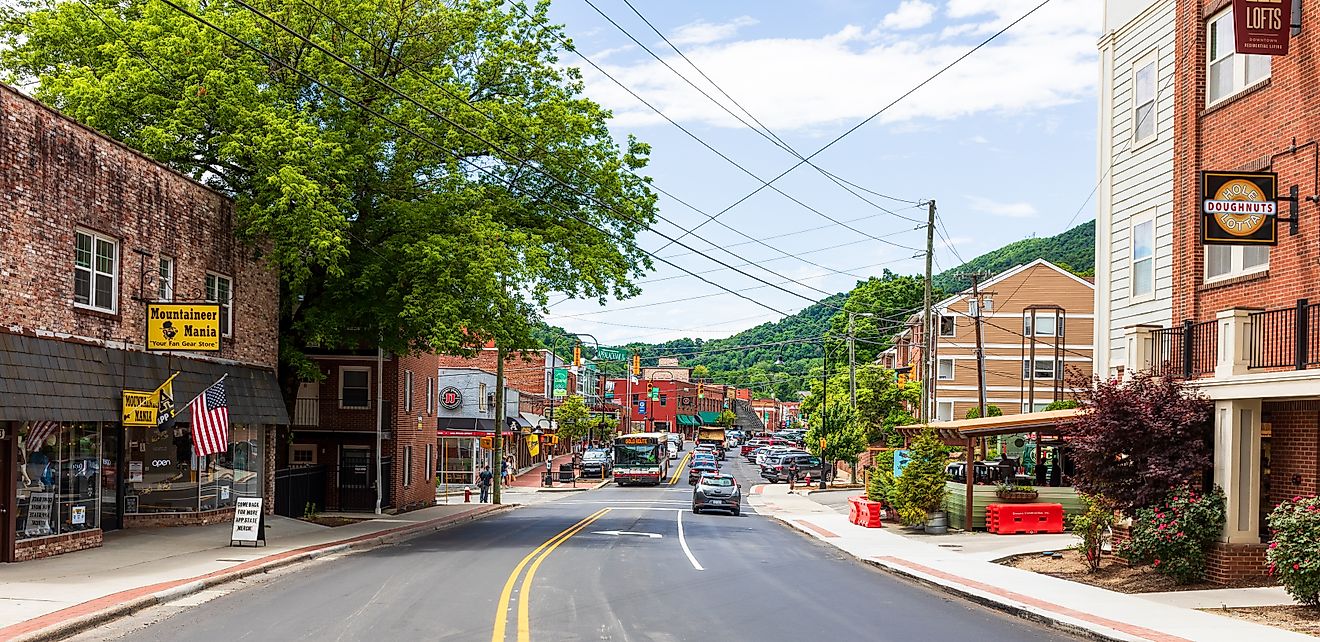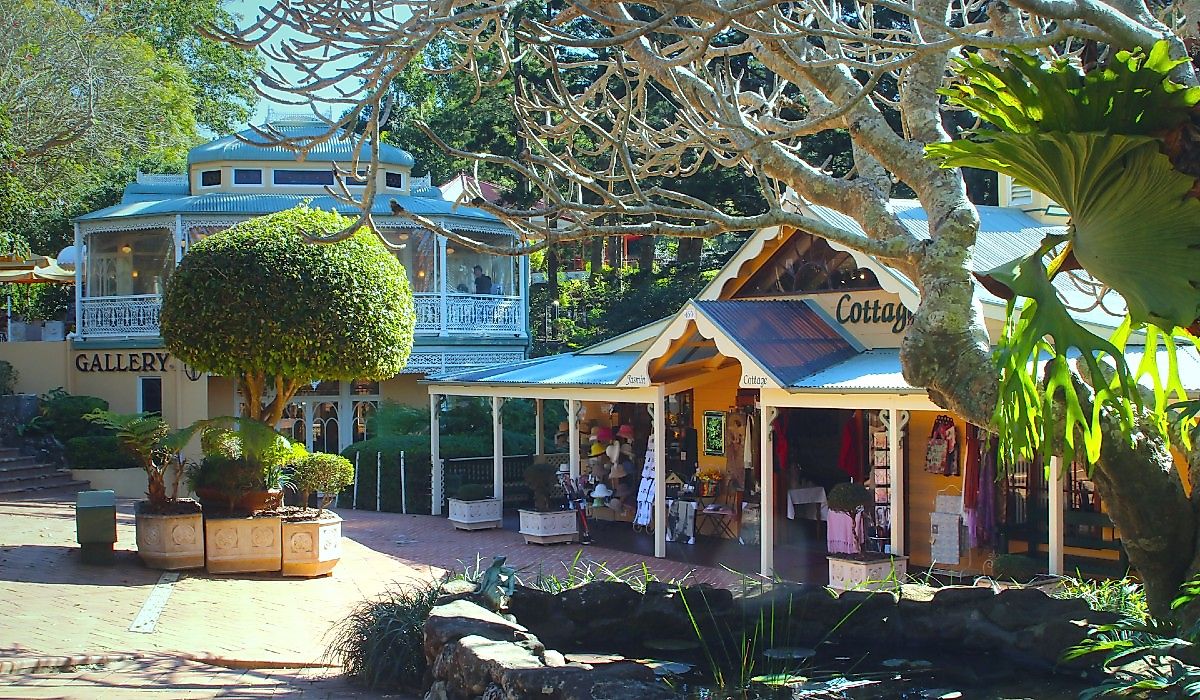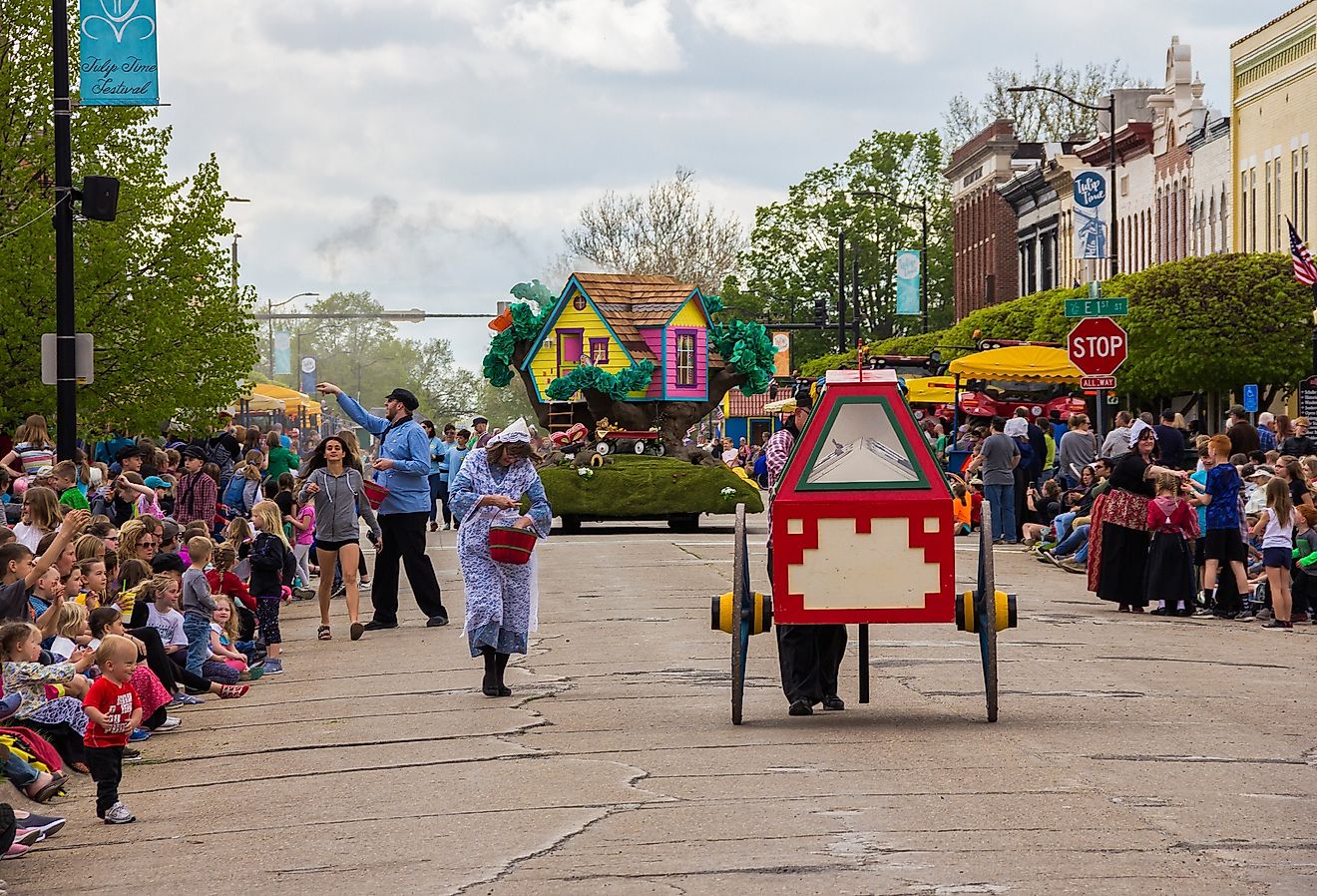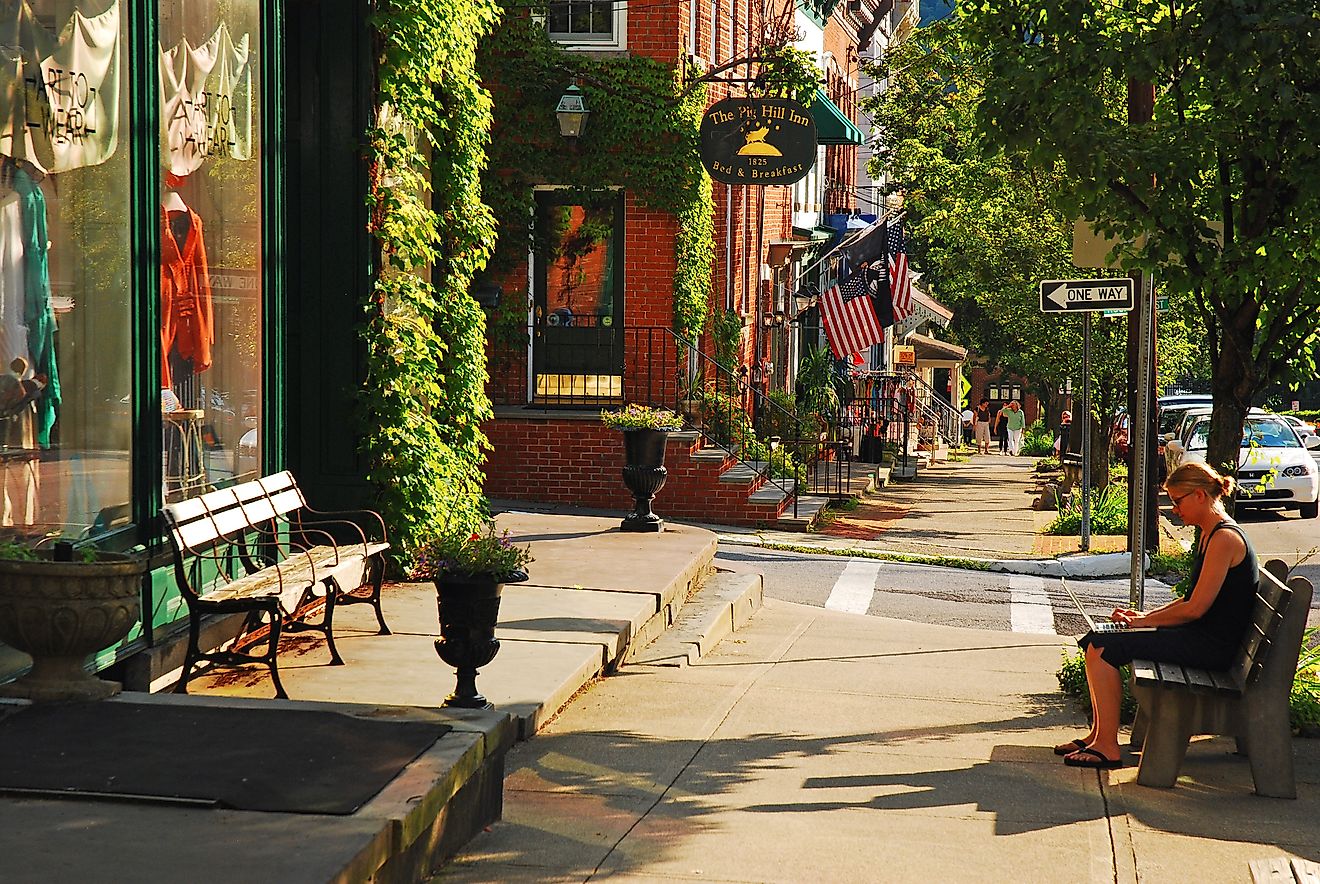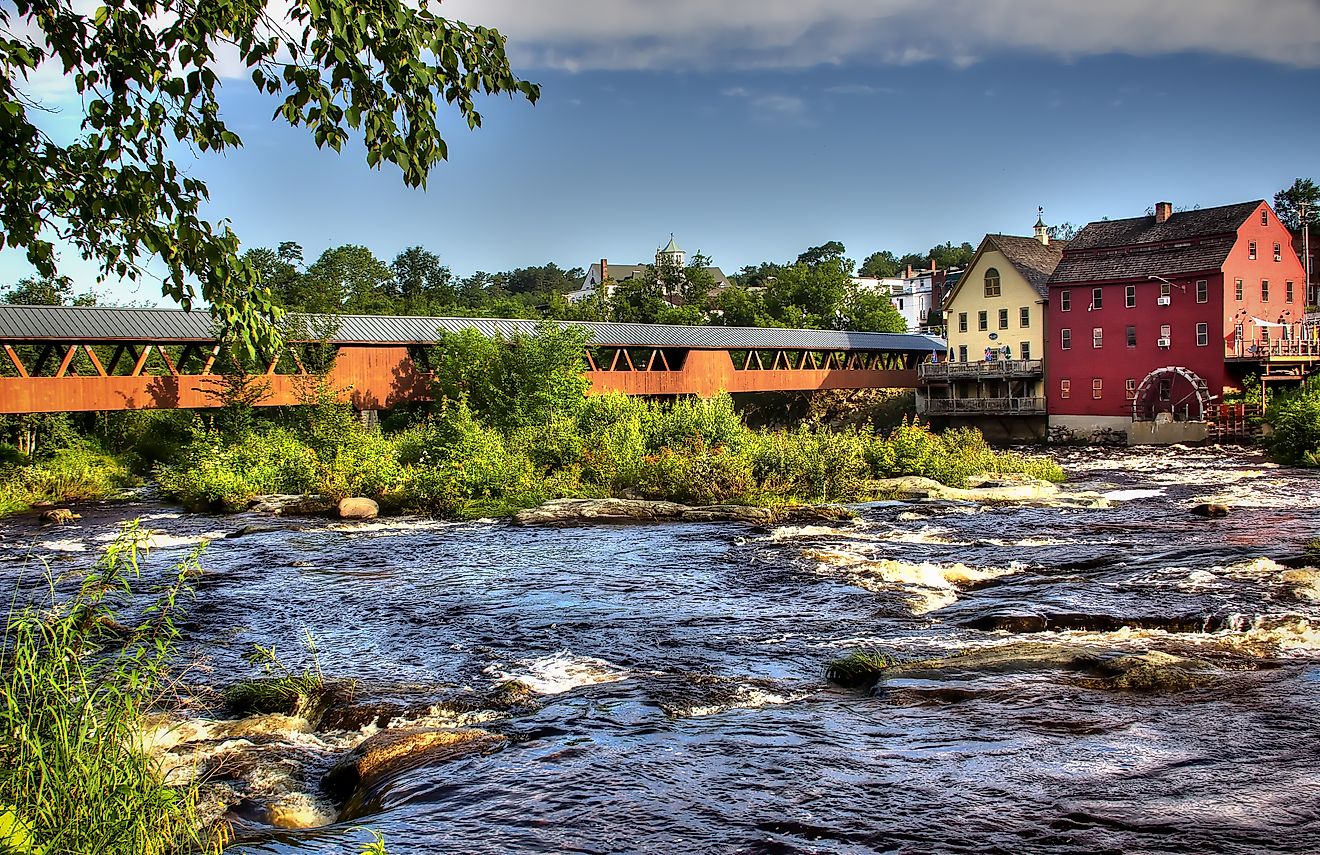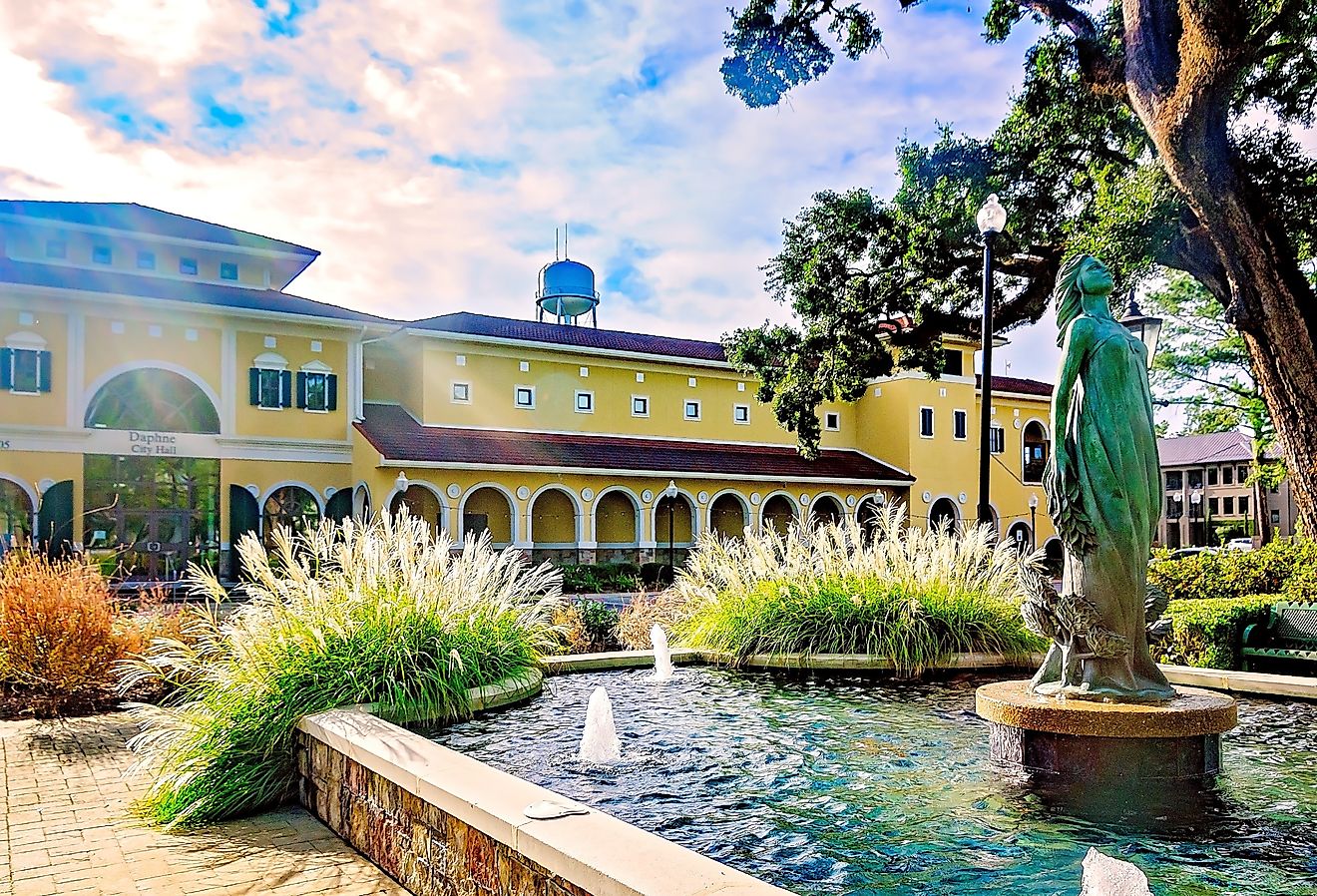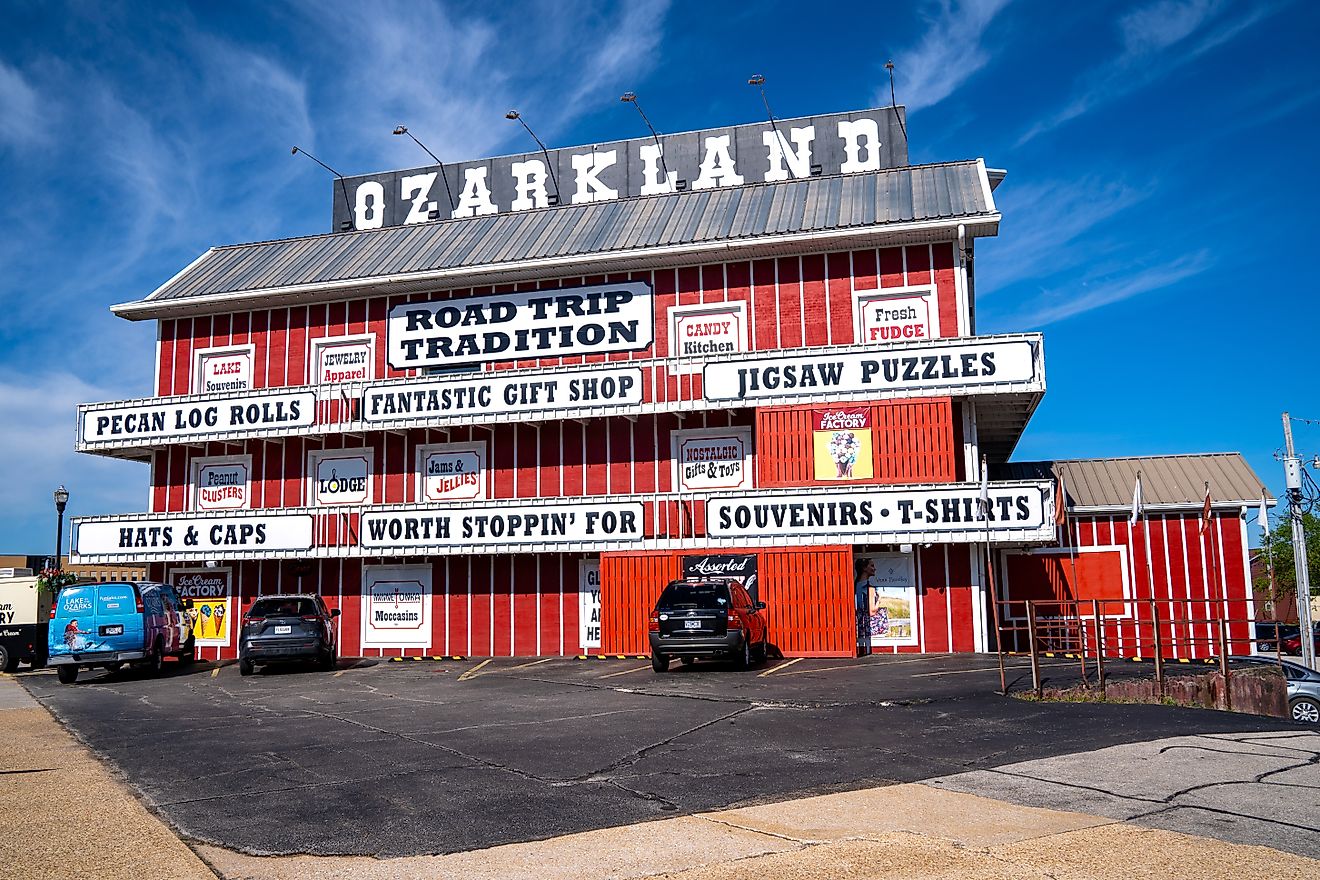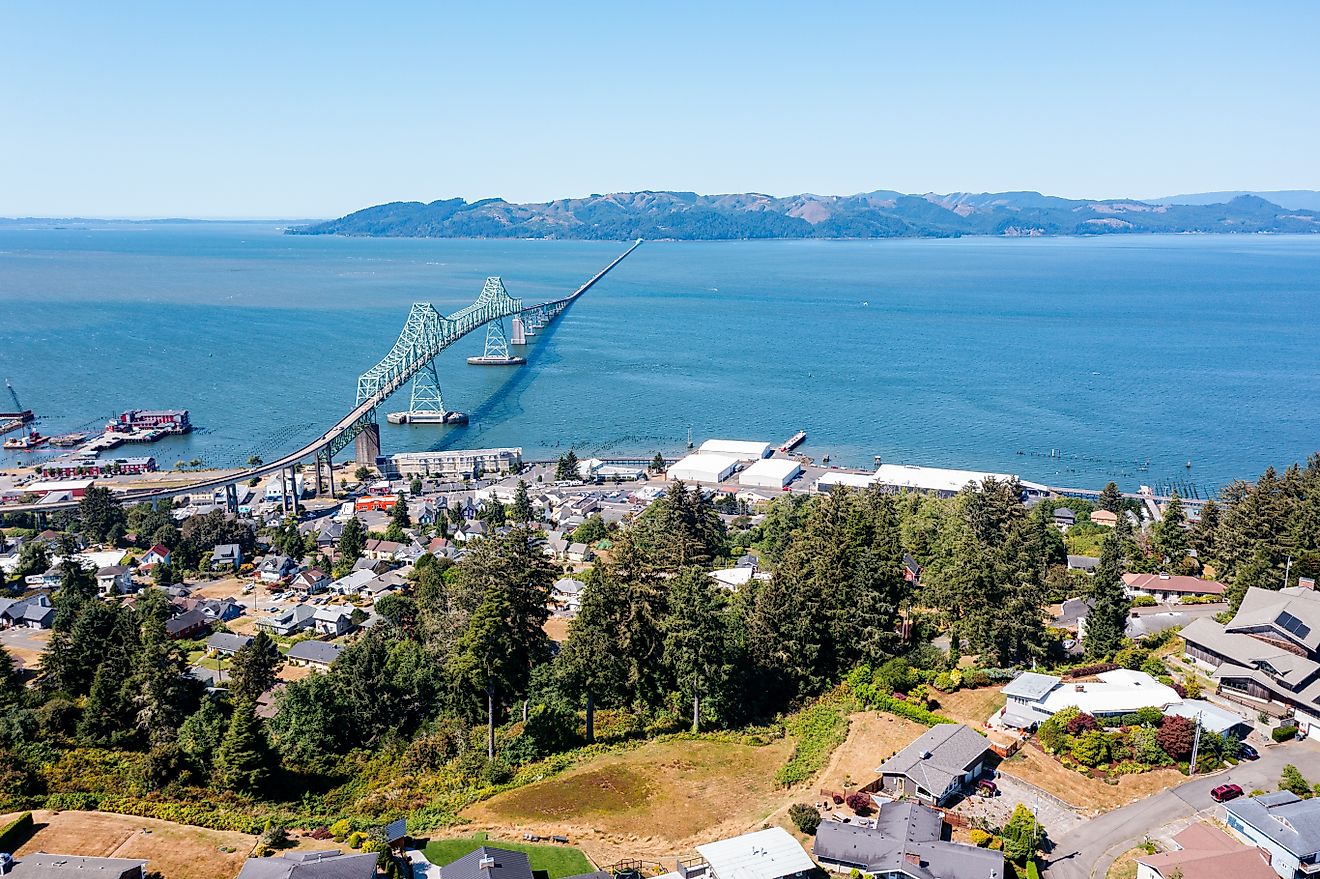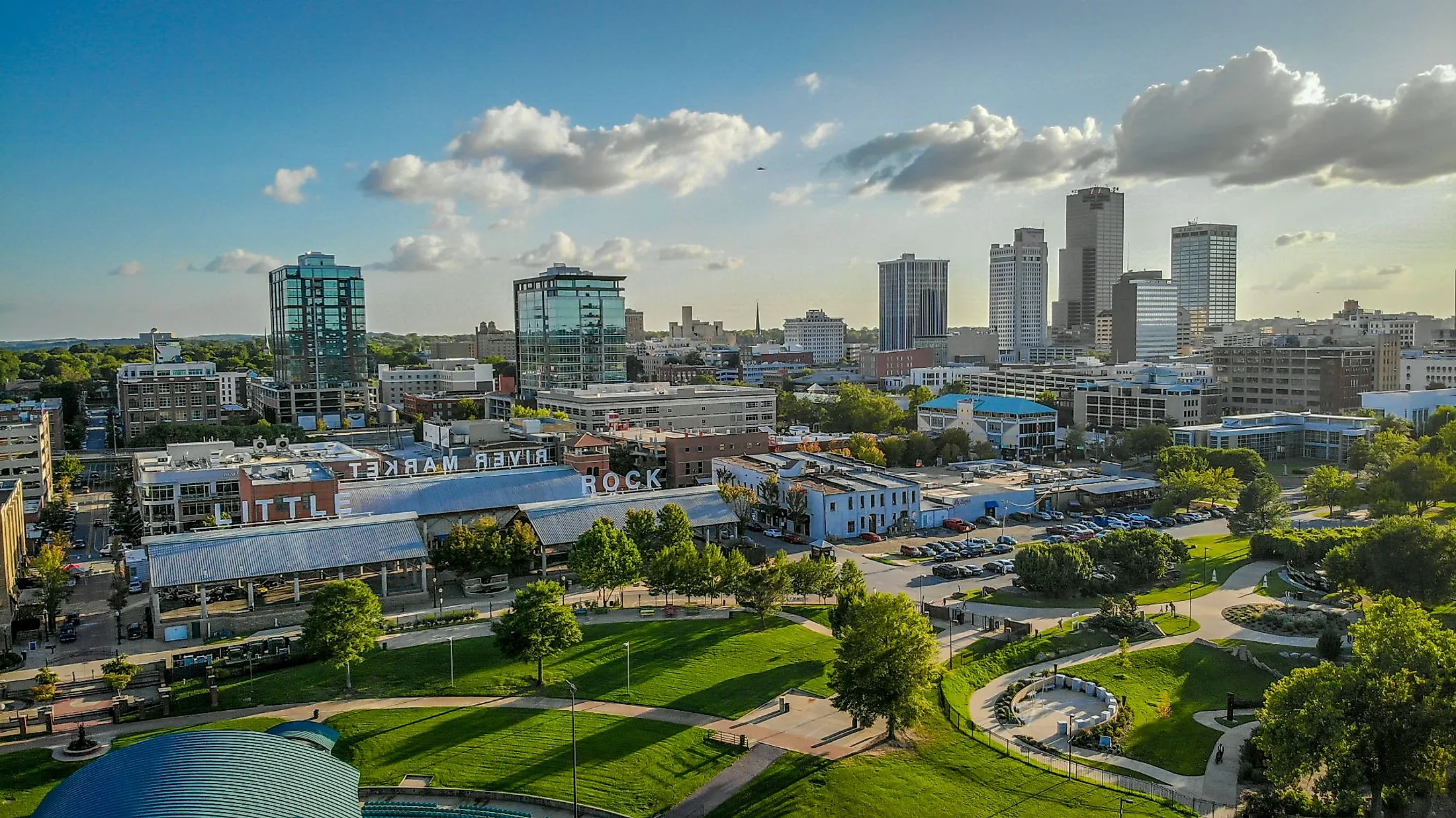
Little Rock, Capital Of Arkansas
Little Rock is a big city situated in Pulaski County in the central portion of the US State of Arkansas. Little Rock also serves as the state capital and its largest and most populous city. Little Rock is a hub for everything the state offers, from historical architecture to cultural festivals. It is also an excellent tourism center, attracting thousands of people with several attractions, including the Arkansas Museum of Fine Arts, various hiking trails, and even a beautiful riverside park. With so much infrastructure and life filled into the city, it is also a significant business hub in the American state, housing large corporations and a plethora of lucrative opportunities.
Geography And Climate Of Little Rock
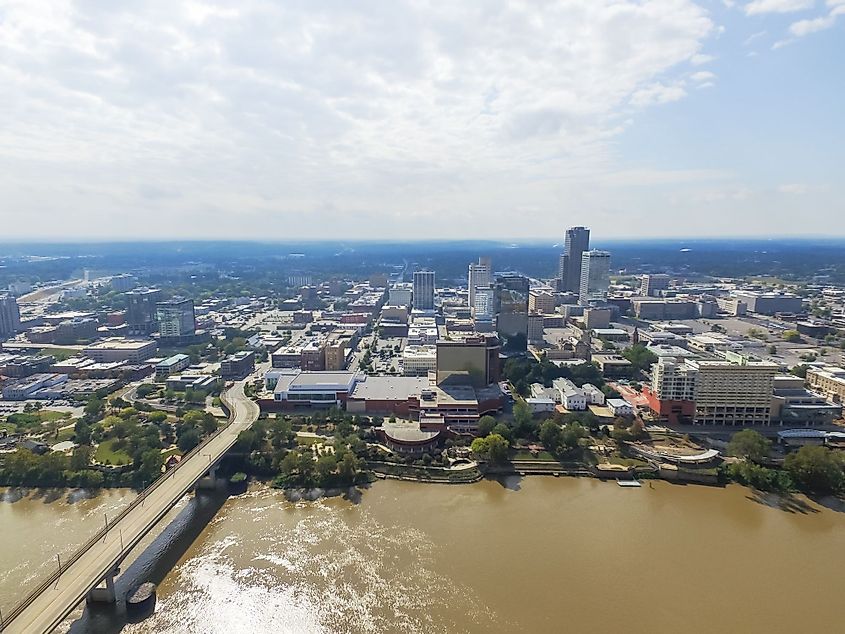
Located close to the geographical center of Arkansas, Little Rock is on the southern banks of the Arkansas River. The city itself is primarily surrounded by mountains such as the Ouachita Mountains in the west and the Pinnacle Mountain in the north. Little Rock covers a total area of 318.58 sq.km, of which 310.92 sq.km is occupied by land and 7.66 sq.km is covered by water.
According to the Koppen Climate Classification, Little Rock has a humid subtropical climate, with moderate and dry winters and relatively hot and humid summers. The average yearly temperature ranges from lows of just below zero during January to highs of 34 degrees Celsius in the hottest month of July. In terms of precipitation, the city sees an average of 132 cm of rainfall throughout the year, with November being the wettest month.
Brief History Of Little Rock
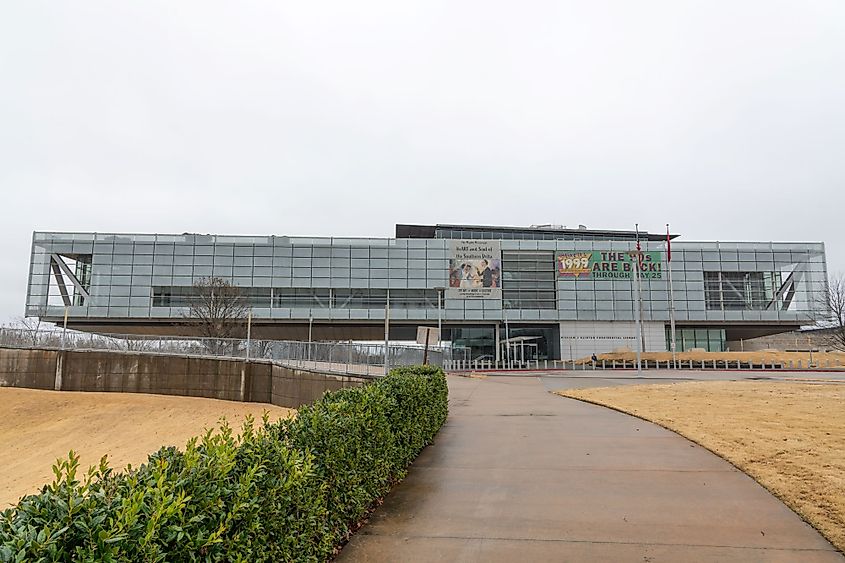
According to archeological evidence, the earliest traces of settlement in the area of Little Rock, Arkansas date back to the 1500s, when Native American tribes inhabited it. Specifically, tribes such as the Folsom people, Cherokee, Quapaw, and some others were known to camp in the area. It was during this time that a stone outcropping on the adjacent Arkansas River bay which was used as a travel landmark became the origin of the city’s name. However, it wasn’t until 1722, when French explorer Jean-Baptiste Bénard de la Harpe came across the landmark and named it “la Petite Roche,” that the town got the name Little Rock.
Following this, the area came under much popularity in terms of American Settlement, and shortly after, a town was built in the spring of 1820. Due to its rising popularity at the time, the town was under the radar of many land buyers and, for a brief period in 1820-21, was also named “Arkopolis.”. That being said, as the name was changed back, development began in full swing, with the town being declared the state capital, followed by its official incorporation as a city in 1835. Since then, Little Rock has played an important role in Arkansas history, whether as a Union occupancy during the Civil War or an industrial hub for economic growth. The city has developed surrounding its immense importance and history to become an urban hub filled with historical relics that provide a sense of peace and perspective.
The Population And Economy Of Little Rock
As per the latest US Census, Little Rock has a population of 202,591 people. Covering a total area of 318.58 sq. km, the population density of this capital city is approximately 651.58 individuals per sq. km, which is significantly denser as compared to nearby regions within the state. In terms of the racial composition of the population, 50% of Little Rock’s population is made up of white people, 40.9% are black/African American, 7.5% are Hispanic or Latino, while the remaining are made up of Asians, Hawaiians, and people of multiple races.
From an economic standpoint, Little Rock contributes significantly to Arkansas’s economy. Home to many large corporations such as Amazon, Dassault Falcon Jet, Simmons Bank, etc., as well as the state government, there are a large number of employment opportunities present in the city. Thanks to this, more than 65% of the population above 16 years of age are employed. Parallelly, the median household income in the city is $53,620, which is higher than the state average, which is below $50,000. That being said, with a high average housing cost of $172,500, more than 15% of the city’s population is currently living below the poverty line.
Attractions In And Around Little Rock
Little Rock Central High School National Historical Site
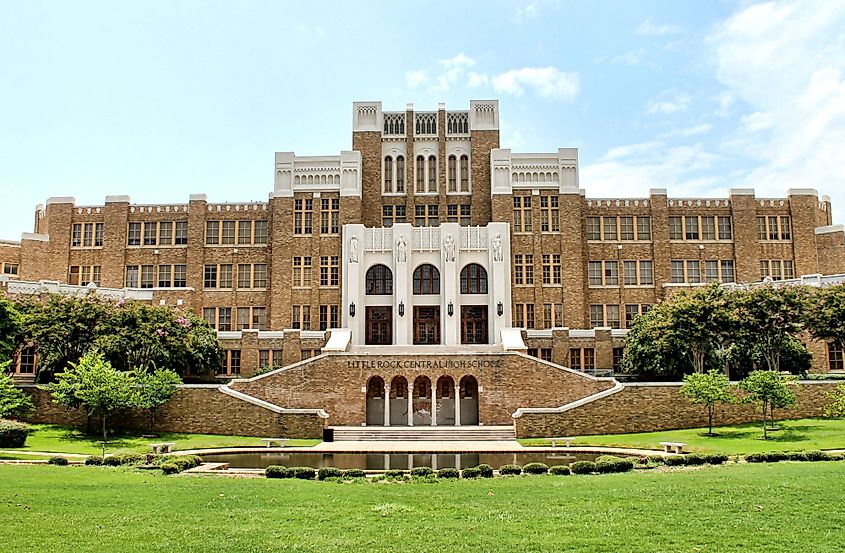
The site of eminent desegregation events during 1957, this active high school which has also been turned into a museum, is one of the most important historical sites in the region. Little Rock Central High School is a well-known tourist destination and a true testament to the immense history of the city. Whether you want to enjoy the historic architecture or take in the events of the 1957 Brown v. Board of Education confrontation, this site is an important part of Little Rock city.
Riverfront Park
Being located along the beautiful Arkansas River, the Riverfront Park is a great way to take in some natural beauty in this urban hub. The park itself spans 33 acres of land encompassing attractions such as a skyline pavilion, a beautiful river trail, a large water park, and much more. Moreover, apart from just recreation, the park is imbued with historical and helpful insights ranging from a Medical Mile with wellness-oriented information and the Civil War Marker.
Arkansas State Capitol Building
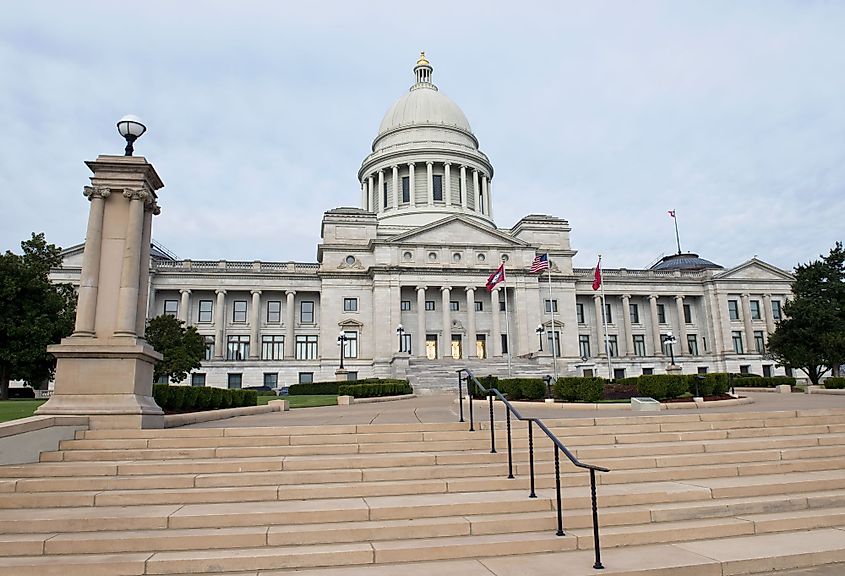
Often referred to as the Capitol Building, this establishment is home to the Arkansas General Assembly. While it may have been completed more than a century ago, the completely limestone build at an astonishing cost of $320 million, according to inflation, make this building seem like it is still as strong as it always has been. Combining this with the beautiful front yard and unique architecture, this place is one you should surely visit in the city.
